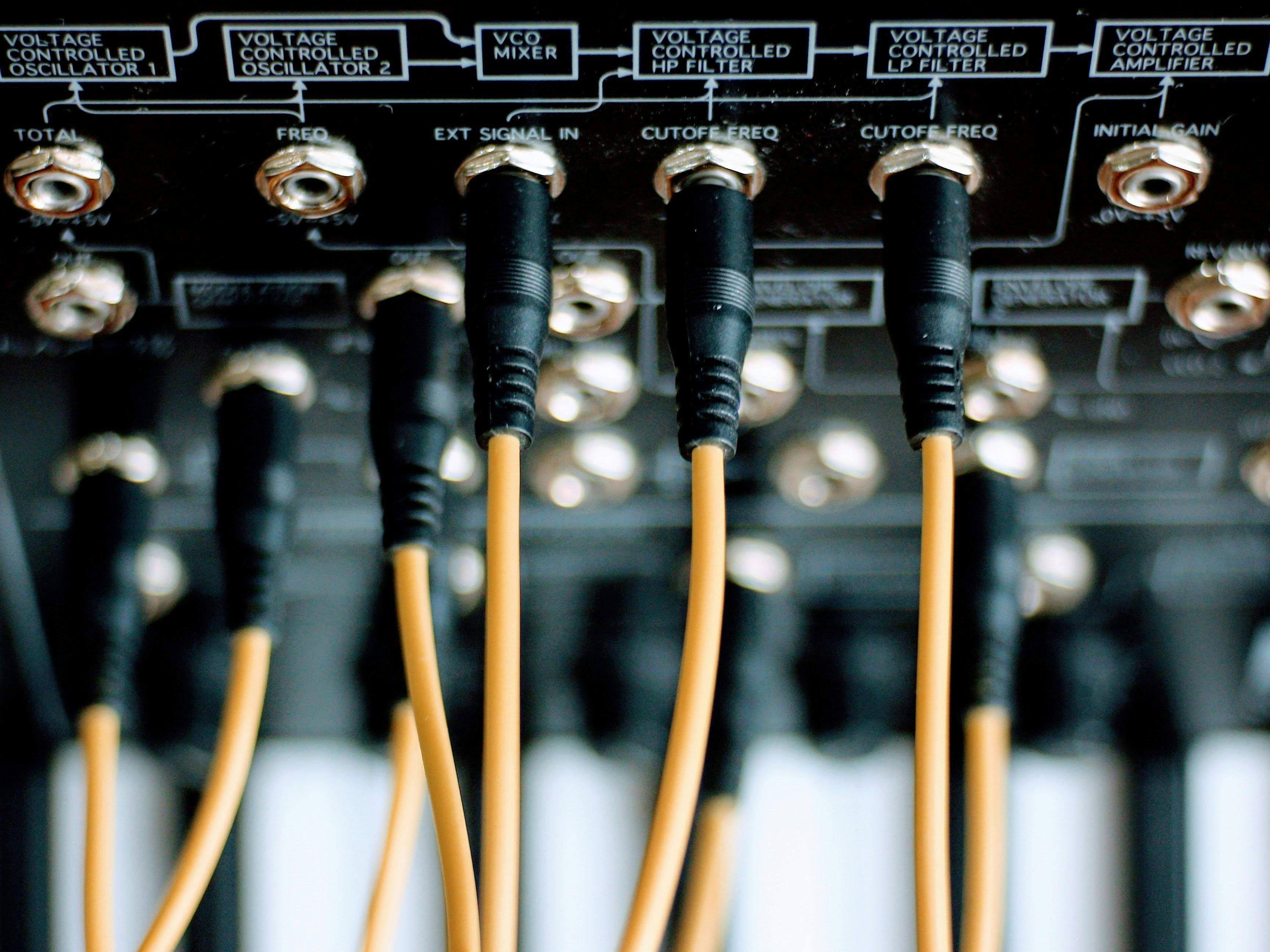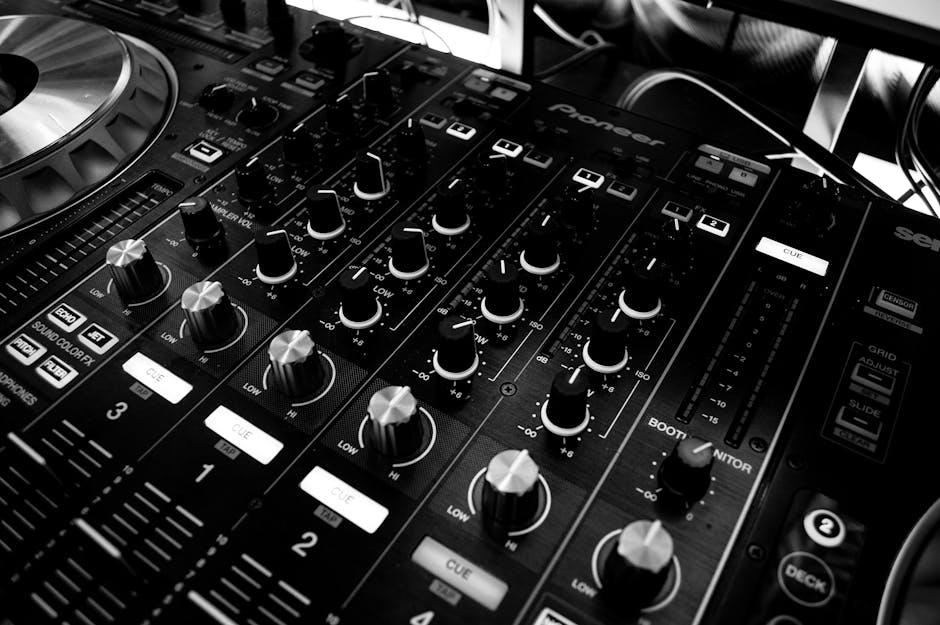In the realm of cinema, the potency of storytelling extends far beyond visuals, reaching into the nuanced art of sound design. As an often underappreciated yet crucial element, sound design intricately weaves auditory textures that elevate the emotional impact of a film. By meticulously crafting everything from ambient noise to dramatic crescendos, sound designers guide audiences through a visceral journey, amplifying tension, joy, or sorrow at pivotal moments. This article delves into the analytical depths of how sound design not only complements but enhances the emotional core of cinematic narratives, transforming ordinary scenes into unforgettable experiences. Through an exploration of iconic film examples, we uncover the strategies and techniques that underscore the indispensable role of sound in shaping audience emotions.
Crafting Emotional Resonance Through Soundscapes
In the realm of cinema, soundscapes serve as the invisible thread that weaves together the fabric of storytelling, enabling filmmakers to evoke profound emotional responses. By skillfully manipulating sound elements, directors can guide the audience’s emotional journey, enhancing pivotal scenes with subtlety and depth. Sound design is not just about what we hear but how it makes us feel, creating a visceral connection that visuals alone cannot achieve.
- Atmospheric Layers: Carefully crafted ambient sounds can transform a simple scene into a rich tapestry of emotion, setting the mood and context without uttering a single word.
- Dynamic Contrasts: The juxtaposition of silence and sound can heighten tension or offer relief, making moments of climax more impactful.
- Thematic Motifs: Recurring sound motifs can evoke nostalgia or foreboding, subtly reminding the audience of underlying themes and character arcs.
Ultimately, soundscapes are the emotional undercurrents of a film, guiding viewers through a symphony of feelings that resonate long after the credits roll.

The Role of Sound in Elevating Narrative Tension
In the world of cinema, sound design plays a pivotal role in amplifying narrative tension, transforming ordinary scenes into gripping moments of emotional intensity. Soundscapes are meticulously crafted to manipulate the audience’s emotions, guiding them through a rollercoaster of suspense and anticipation. This auditory experience is achieved through a combination of techniques that include:
- Silence: The strategic use of silence can heighten tension, allowing the audience to focus on visual cues and subtle sounds, enhancing their sense of unease.
- Dynamic Sound Levels: Gradual increases in volume can mirror the rising heartbeat of a character, pulling viewers into the intensity of the moment.
- Contrasting Sounds: Juxtaposing serene music with impending danger creates a dissonance that keeps viewers on edge.
These elements of sound design are not just complementary to the visuals; they are essential in creating a visceral connection between the audience and the unfolding drama. By meticulously orchestrating audio elements, filmmakers can subtly manipulate the emotional landscape, ensuring that each beat of tension resonates deeply with viewers.

Harnessing Audio Cues for Character Development
In the intricate tapestry of film storytelling, audio cues play a pivotal role in shaping and evolving characters. These subtle yet powerful elements can signal shifts in a character’s emotional landscape, often before the audience is consciously aware. Through the strategic use of sound, filmmakers can provide depth and dimension to character arcs, ensuring that viewers are not just watching but also feeling every transformation.
- Signature Sounds: Assigning specific audio motifs to characters can create an immediate association. For instance, a particular melody or sound effect can signal a character’s presence or emotional state.
- Emotional Underscoring: Background scores that change in tone and intensity can reflect a character’s internal struggles or triumphs, offering an auditory glimpse into their psyche.
- Contrapuntal Sound: Using sounds that contrast with the visual narrative can reveal deeper layers of a character, highlighting inner conflicts or hidden intentions.
By thoughtfully integrating these elements, filmmakers not only enhance the emotional resonance of key scenes but also craft more nuanced and relatable characters.

Strategic Sound Design for Maximum Emotional Impact
In the art of filmmaking, sound design plays a pivotal role in shaping the audience’s emotional experience. Through meticulous crafting of audio elements, filmmakers can evoke deep feelings and create unforgettable moments. Sound design is not merely about adding background noise; it’s about strategically manipulating audio to align with the narrative’s emotional beats. Consider how a subtle shift from diegetic to non-diegetic sound can heighten tension, or how the use of silence can amplify a character’s isolation or despair.
- Layered Soundscapes: Combining ambient noises with music and dialogue can create a rich tapestry of sound that enhances the viewer’s emotional connection.
- Dynamic Range: Utilizing contrasts between loud and soft sounds can lead to heightened emotional responses, drawing the audience deeper into the story.
- Sound Motifs: Repeated audio themes associated with characters or events can subtly influence the viewer’s emotional state, creating a sense of familiarity or foreboding.
Through these techniques, sound designers can craft a nuanced auditory experience that resonates on an emotional level, ensuring that key moments linger in the audience’s memory long after the film has ended.

